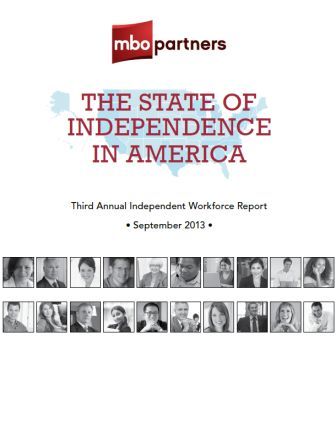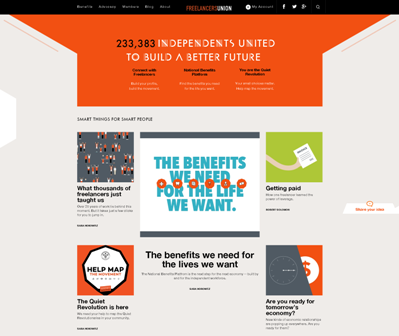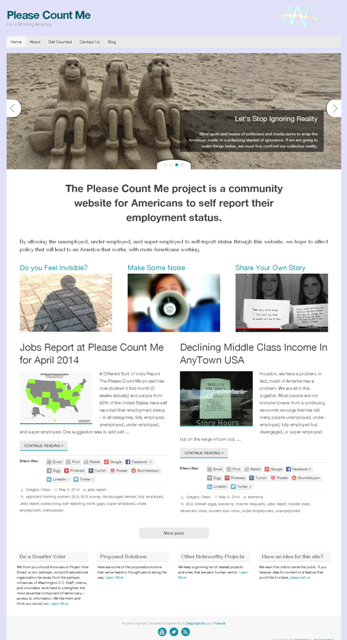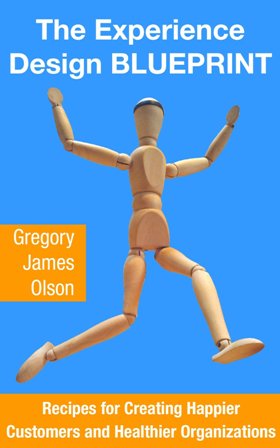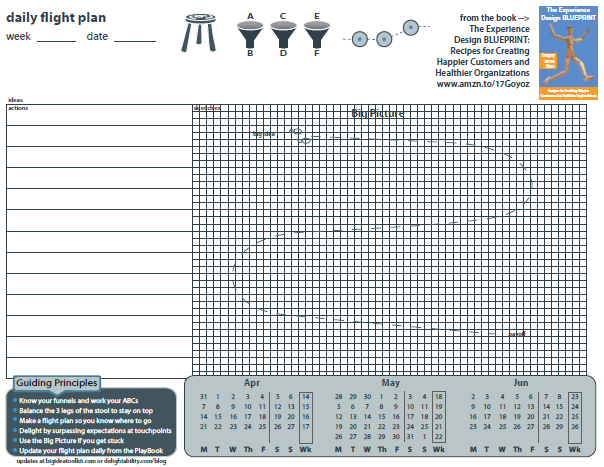 Entrepreneurship is a bit like dessert. There are many different kinds and the flavor varies, depending on who you ask. If I asked you, would you like dessert? You’ll likely respond with, “What are you serving for dessert?” And, if I offered you a fruit plate versus cake, your answer might be different.
Entrepreneurship is a bit like dessert. There are many different kinds and the flavor varies, depending on who you ask. If I asked you, would you like dessert? You’ll likely respond with, “What are you serving for dessert?” And, if I offered you a fruit plate versus cake, your answer might be different.
Like dessert, you might find some versions of entrepreneurship more flavorful than others.
Before I share the various types of preneurs, let’s make sure we start with the same basic understanding. The classic definition of an entrepreneur is a person who starts a business and is willing to risk loss in order to make money.
A bit of history about the term entrepreneur.
The term entrepreneur is Old French, from entreprendre (ahn tra pron) and means to undertake (begin or initiate). Though people have been starting things since people have been around, the term entrepreneur wasn’t actually used until 1723.
From Wikipedia…. Credit for coining the term entrepreneur goes to Irish-French economist Richard Cantillon who defined it first in a book written in 1730, and is considered the first complete treatise on economics. In this book Cantillon conceives of the notion of the entrepreneur as a risk-bearer.
Like many words the meaning shifts to suit the time. Today the term entrepreneur implies qualities of leadership, initiative, and innovation in business. But that is again a bit like calling Tiramisu and fruit plate simply dessert. I think a big more description is needed.
So, let me tell you about the many flavors of entrepreneurs. You might recognize yourself in one of the types, whether in the past, present, or in your future.
- Entrepreneur – This is the traditional risk taker that sees the path their forging as less risky than working for somebody else doing something that isn’t interesting, isn’t rewarding, or may conflict with their values.
- Intrapreneur – The employee entrepreneur has many of the risk elements of an entrepreneur, but is insulated from the brutal reality of having to manufacture their own paycheck. I once had the luxury of starting a business within a mature business and didn’t have to worry about making money. That was a nice luxury compared to when I started a software company and had to worry about creating a paycheck for myself and my employees. Most people you’ve worked with in your past are probably not intrapreneurs. They are:
- Loyalpreneurs – These are employees dedicated to carrying out the orders of those they work for in exchange for a paycheck. In essence, trading hours for dollars.
- Solopreneur – This is an entrepreneur acting in isolation without the support of others in the same organization. Jay Sorenson, the inventor of the Java Jacket, is a good example. He started alone solving a nagging problem. He went through a coffee drive thru and spilled the coffee in his lap because the paper cup was too hot. The obvious solution was an insulated sleeve. What started in the back of a car and in the family home is now a thriving family business that is all consuming. Jay told me that he doesn’t have time to pursue additional ideas right now, but some do, and they are called:
- Multipreneurs -These are entrepreneurs that pursue multiple interests at the same time. They may have to pursue multiple interests, in order to make ends meet, or because it is part of a portfolio strategy to see which plays out the best. Or, they may simply have the capacity to do more than one venture. Multipreneurs are sometimes confused with:
- Serial Entrepreneurs – The difference from the multipreneur is that serial entrepreneurs usually pursue one idea at a time, getting their idea mature enough to hand the day to day operations over to somebody else, before they move on to what’s next.
Recognize yourself as one of these type of entrepreneurs yet? Well, read on….
- Wannapreneur – This person wants to start something but doesn’t yet know what. They might be lured by the glamour of high profile companies like Google, Amazon, Dell, or Facebook. But they may lack a solid idea. They may be laying in wait for that great idea.
- A special type of preneur is the Socialpreneur. This is a socially conscious individual who creates a business to remedy a problem in society while still making a profit. An example of a socialpreneur might be the person that improves the lives of families by turning an abandoned parking lot into a community garden. Other good examples include founders of social investor and financial cooperative, Oikocredit International.
- The Dreamapreneur – These people dream of pursuing a new passion, but never commit to action. It is simply more fun for these folks to fantasize. Perhaps they lack a clear path forward, the conviction to start, or don’t want to abandon the comfort of the easy chair. Dreamapreneurship is easy but not as rewarding as the real thing. Some people have a very valid reason to not get started. They may be:
- Impossipreneurs -These are the folks that have imagined something far beyond current technology and practice. But, the world changes and these visions may become practical one day, like a phone in every pocket now is or the light bulb. The barriers might not be purely technical, they may be political or cultural. Water for everybody fits this category. An economic system that prevents poverty. Redistributing body fat on command is also in this category. Nikala Tesla, Marconi, Edison and others were impossipreneurs that persisted and eventually things changed and became possible. Hopefully, that happens with poverty, too.
- Elderpreneur – These people have decided to take their wealth of experience, network, and skills, then package them up into a credible story told with authority and conviction that might be lacking in a younger entrepreneur. One such Elderpreneur is Harland David Sanders (Colonel Sanders) who in his earlier years was many of the other types of entrepreneurs as well. At one point he started a company that made acetylene lights, but that venture flamed out when Delco introduced an electric lamp that they sold on credit. The Colonel didn’t franchise his first Kentucky Fried Chicken restaurant until the age of 62. Colonel Sanders franchised his first restaurant and pursued that concept in earnest until 65 when the international expansion began to overwhelm him. He sold for $2M and then took a salaried position with the acquiring investment company and subsequently became the Kentucky Fried Chicken brand ambassador – the role most of us recognize him in. Learn more about Colonel Sanders on Wikipedia.
- Another type of preneur you may have seen in the workplace is the Adventurepreneur – This is the person that works only to play. These folks might literally have a sign on their door, “Gone Fishing”. I once worked with a young woman that job hopped to support her climbing addiction.
- Then there is the Addictipreneur – This person relentlessly pursues the next shiny new idea and then abandons it before the fledgling idea fully takes flight. So the business never matures before the addictipreneur moves on to their next venture. It is hard to support this type of entrepreneur.
- But, some people only care about providing support. They are Philanthropreneurs – This is somebody that supports other people’s projects and ventures often times without concern for any payback. Some people that are philanthropreneurs use crowdfunding platforms like gofundme or Kickstarter. I have friend who is a single mother with a special needs child in a wheelchair. She needed a new (used van) with a wheelchair lift. Philanthropreneurs fully funded a campaign to buy her a new used van. And the best thing is she didn’t even create the campaign, her sister did, initially without her knowledge. Way to go Philanthropreneurs and caring sister!
- And then there is the Luckypreneur – that is the fortunate person who has a job that allows them to make a big impact, make a good living, and make a difference in the world.
There you have it, dessert is served. You likely have been one or more of these types of entrepreneurs or perhaps you will be.
Whether you are tinkering in your garage or in you mind, perhaps this article will spark YOU to action. No matter what form of entrepreneurship you might take OR support, I do believe that pursuing a passion is a valuable journey unto itself.
- You could manufacture your own luck
- You might meet some very interesting people that enrich your life
- You’ll definitely not be bored
And, you might make the world a little better for people. Just like Jay did with this little Java Jacket that has now sold over four billion units and makes the dessert in your cup a little safer to drink.
About the Author
Gregory Olson is the author of The Experience Design Blueprint, a book about designing better experiences and then making them come true. As discussed in Chapter 14 , the world of work has changed and it’s not coming back as we knew it.
His latest book is L’ impossi preneurs: A Hopeful Journey Through Tomorrow, a light-hearted and deadly serious book about a brighter future where we live more meaningful lives, governments invest in people and sustainable progress, and technology serves humans. Chapters in L’ impossi preneurs that relate to this article include Chapter 1: Flavors of Entrepreneurship, Chapter 5: Wealth & Economy and Ch 12: World of Work.
 Gregory Olson founded strategy and design firm Delightability, LLC. with the belief that if you delight customers then success will follow. He believes that we all have the potential to do better, as individuals, organizations, and communities, but sometimes we need a little help. Gregory also serves as a volunteer board member for Oikocredit Northwest, a support association for social investor and financial institution, Oikocredit International.
Gregory Olson founded strategy and design firm Delightability, LLC. with the belief that if you delight customers then success will follow. He believes that we all have the potential to do better, as individuals, organizations, and communities, but sometimes we need a little help. Gregory also serves as a volunteer board member for Oikocredit Northwest, a support association for social investor and financial institution, Oikocredit International.





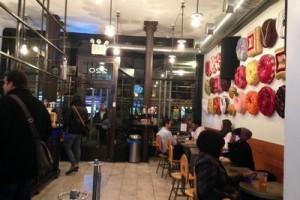 There is another audience that is underrepresented, and is often similarly ignored, taken for granted, and largely invisible to government, namely small business. You hear it often, that small business is the backbone of the economy. Small business creates more jobs more quickly while large organizations may continue to shed jobs, bolstering profits and earnings along the way to their short term utopia. Small business owners are usually so busy working that they too join the ranks of the invisible and marginalized. This is especially true of small businesses that have no storefront, operate virtually, often invisible to the public, and out of mind of city government.
There is another audience that is underrepresented, and is often similarly ignored, taken for granted, and largely invisible to government, namely small business. You hear it often, that small business is the backbone of the economy. Small business creates more jobs more quickly while large organizations may continue to shed jobs, bolstering profits and earnings along the way to their short term utopia. Small business owners are usually so busy working that they too join the ranks of the invisible and marginalized. This is especially true of small businesses that have no storefront, operate virtually, often invisible to the public, and out of mind of city government.
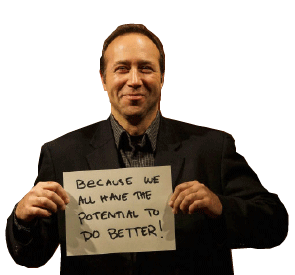





 Gregory Olson founded strategy and design firm Delightability, LLC. with the belief that if you delight customers then success will follow. He believes that we all have the potential to do better, as individuals, organizations, and communities, but sometimes we need a little help. Gregory also has served as a volunteer board member for Oikocredit Northwest, a support association for social investor and financial institution,
Gregory Olson founded strategy and design firm Delightability, LLC. with the belief that if you delight customers then success will follow. He believes that we all have the potential to do better, as individuals, organizations, and communities, but sometimes we need a little help. Gregory also has served as a volunteer board member for Oikocredit Northwest, a support association for social investor and financial institution,  Gregory Olson founded strategy and design firm Delightability, LLC. with the belief that if you delight customers then success will follow. He believes that we all have the potential to do better, as individuals, organizations, and communities, but sometimes we need a little help. Gregory also serves as a volunteer board member for
Gregory Olson founded strategy and design firm Delightability, LLC. with the belief that if you delight customers then success will follow. He believes that we all have the potential to do better, as individuals, organizations, and communities, but sometimes we need a little help. Gregory also serves as a volunteer board member for 
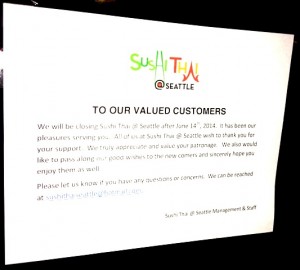 The World of Work Has Changed
The World of Work Has Changed
